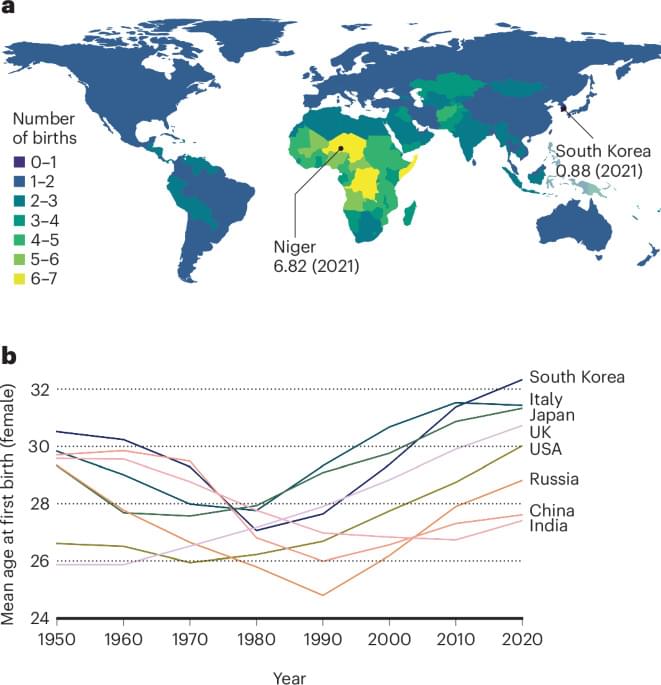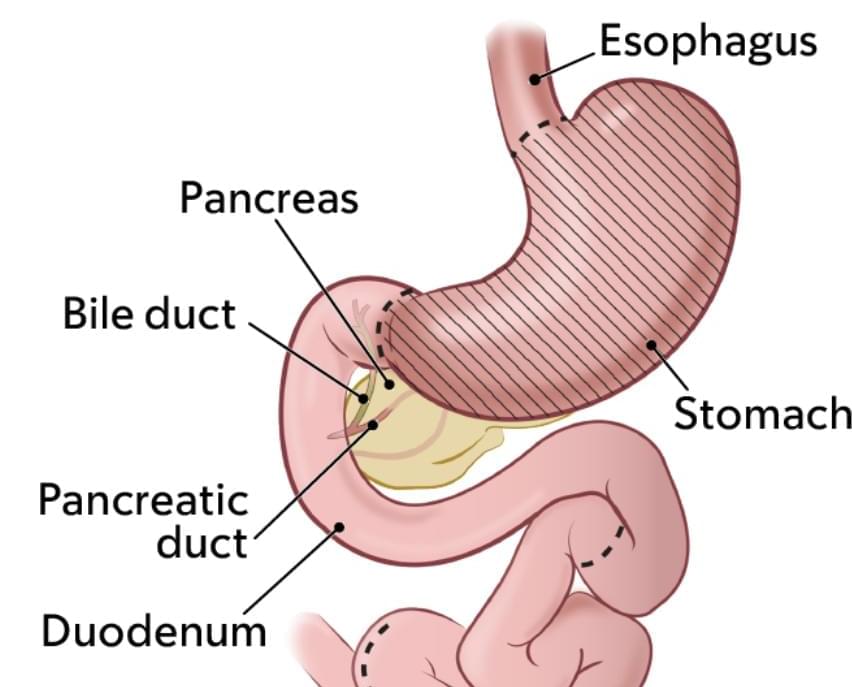Scientists use cutting-edge techniques to study rare atomic systems called hypernuclei shedding light on subatomic forces and neutron stars.
Scientists have made an important discovery in the world of particle physics by exploring hypernuclei — rare, short-lived atomic systems that include mysterious particles known as hyperons. Unlike protons and neutrons composed of “up” and “down” quarks, which make up the nuclei of ordinary atoms, hyperons contain at least one “strange” quark. These unusual particles could help unravel mysteries not only about the interactions between subatomic particles but also about the extreme conditions inside neutron stars.
“It is extremely important to understand what happens when a nucleus becomes a hypernucleus, which means when one nucleon is replaced by a hyperon,” Jean-Marc Richard, a professor at the University of Lyon, who was not involved in the study, said in an email.






